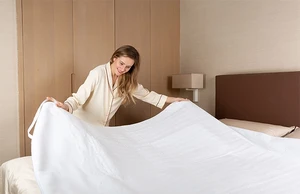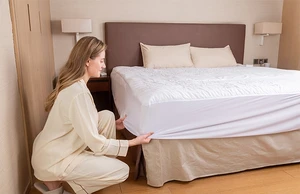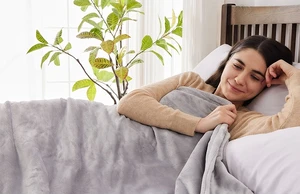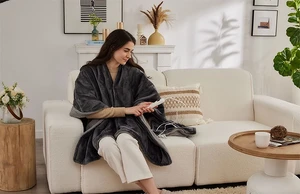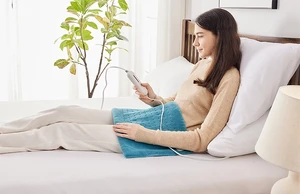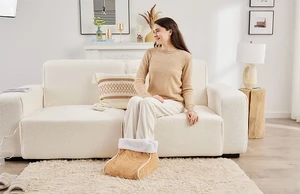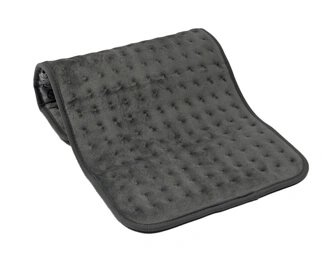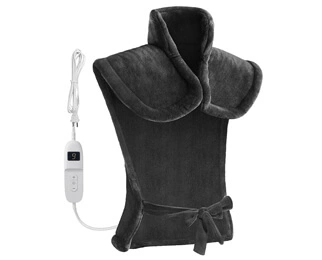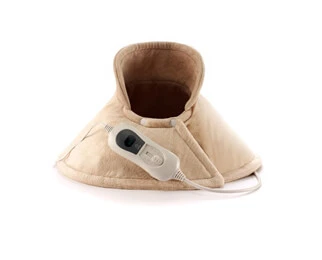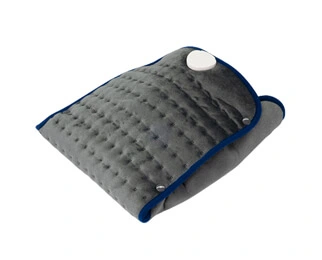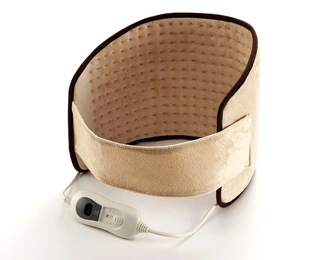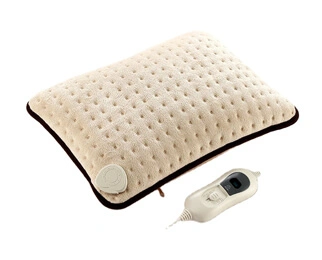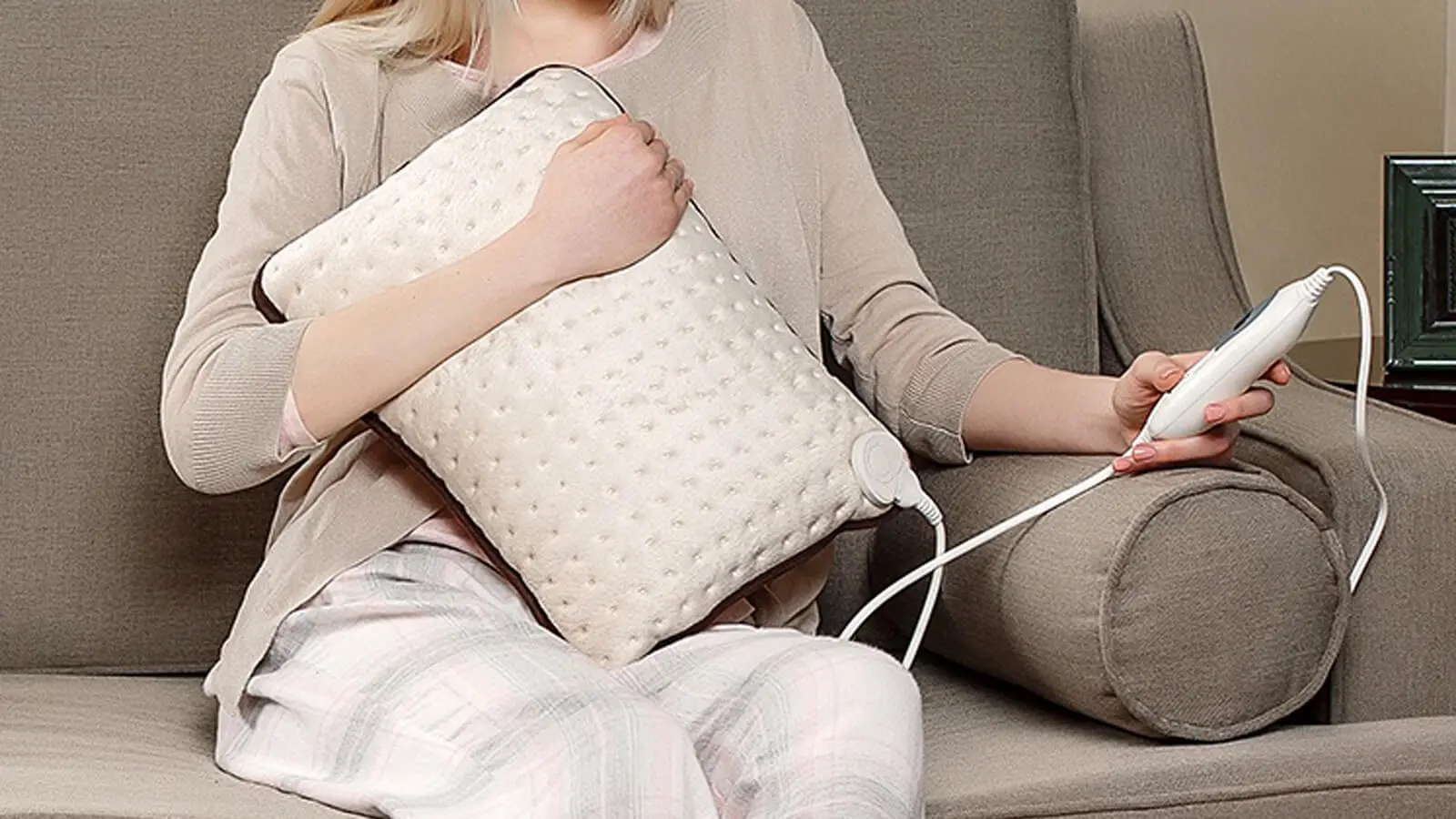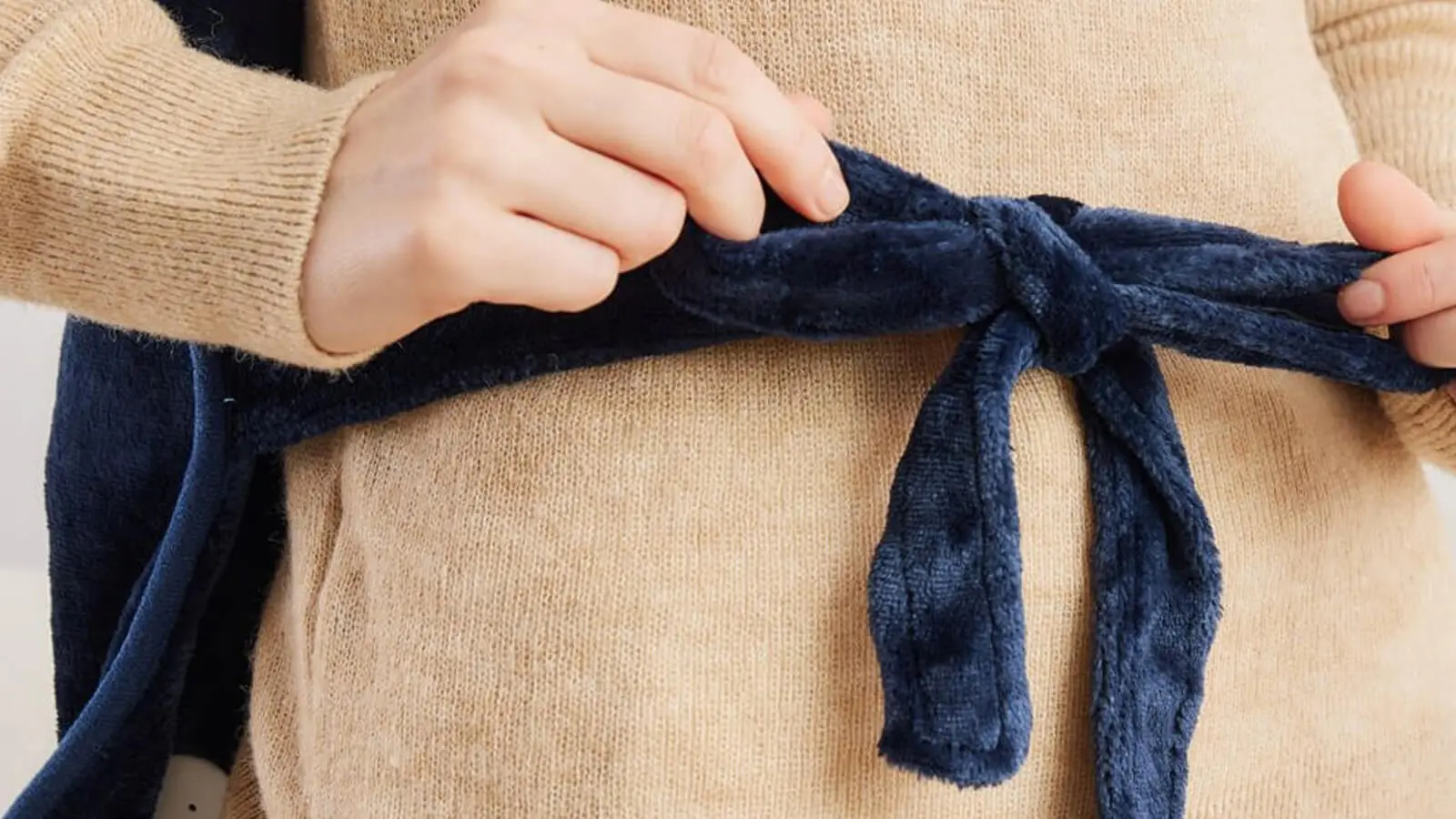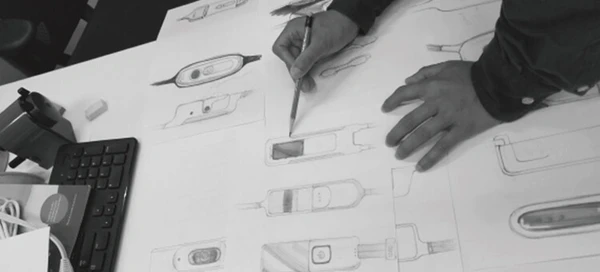en
-
Products
Single Bed Electric Underblanket Double Bed Electric Underblanket 24V Low Power Usage Electric Underblanket Extra Warm Electric Blanket with Separate Foot Zone 4-Zone Double Size Electric Underblanket WIFI CONNECTION Mobile Control Electric UnderblanketTwin Full Size Washable Heated Mattress Pad Queen King Big Size Double Controllers Heated Mattress Pad 3-Zone Heated Mattress Pad King Queen Twin Full Size 6-Zone Heated Mattress Pad Queen King Size
- OEM/ODM
- About Us
- Resources
- News
- Contact Us
SEARCH

